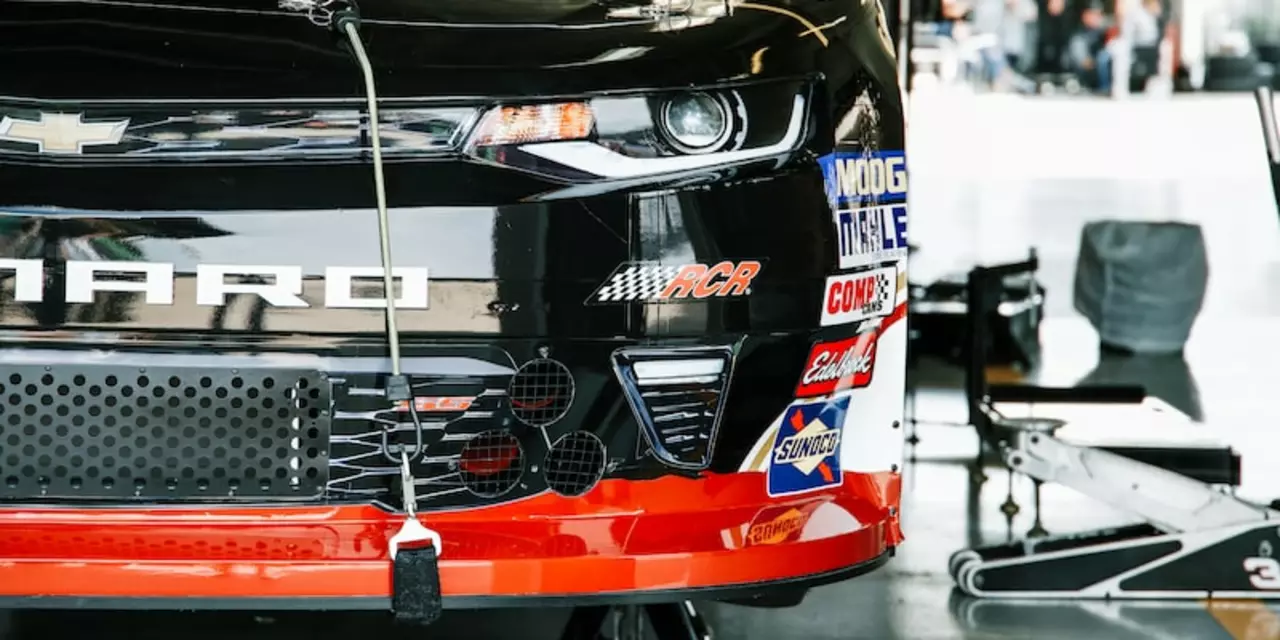Motorsport News – Your Daily Racing Fix
Welcome to the hub where every racing fan gets the freshest buzz. From NASCAR’s newest stage format to European circuit drama, we break it down in plain English. No jargon, just the facts you need to keep the conversation alive at the bar or on the track.
Why NASCAR Added Stages
Back in 2017, NASCAR split races into three timed segments called stages. The idea? Make the whole event feel like a series of short sprints rather than one long grind. Each stage awards points to the top ten drivers, so a fast start can boost a driver’s championship hopes even before the final lap.
Teams love it because it forces them to rethink strategy on the fly. Pit crews can grab a quick tire change during a stage break, and drivers can push harder knowing a points boost is on the line. The result is more on‑track action and fewer long, quiet stretches that can put fans to sleep.
What Stages Mean for Fans
For you in the stands or watching at home, stages create natural peaks of excitement. Every time a stage ends, you get a mini‑celebration as points are handed out, and the scoreboard changes. It also gives sponsors more screen time, which means the cars you love are flashing brand logos more often.
But the biggest win is the storytelling. Instead of a single winner at the checkered flag, you now have stage winners, playoff points, and a shifting leaderboard that keeps the narrative alive throughout the race. It’s like following a season of your favorite show instead of a one‑off episode.
Beyond NASCAR, the motorsport world is buzzing with similar tweaks. Formula 1 introduced sprint qualifying, IndyCar tests short‑run formats, and touring car series are experimenting with reverse‑grid races. All these changes share a common goal: give fans more reasons to stay glued to the action.
Here on Motorsports Enthusiast Hub, we track every rule change, race result, and fan reaction. Our team of writers lives for the sound of engines and the roar of crowds, so you get updates that matter without the fluff.
Got a hot take on the latest stage points controversy? Want to know how a pit crew’s split‑second decision can win a race? Drop a comment, join the discussion, and make your voice heard. This isn’t just news; it’s a community of people who breathe speed.
Stay tuned for our next post where we break down the upcoming Daytona 500 stage strategy and what it could mean for the playoff picture. Until then, keep your windows down and your ears open – the world of motorsport never slows down.

Why did NASCAR put stages in its racing?
NASCAR implemented stages in its racing to create more excitement and competition in the race. The three segments (stages) give drivers and teams more to fight for and a chance to adjust strategies. Each stage has points awarded to the top 10 drivers, and the winner of the race gets the most points. The stages also help create a better fan experience by creating more excitement throughout the race. Additionally, the stages provide a more equitable playing field for drivers and teams by creating more opportunities for drivers to secure points. Finally, stages help create an opportunity for teams to showcase their sponsors and gain more exposure.
© 2025. All rights reserved.